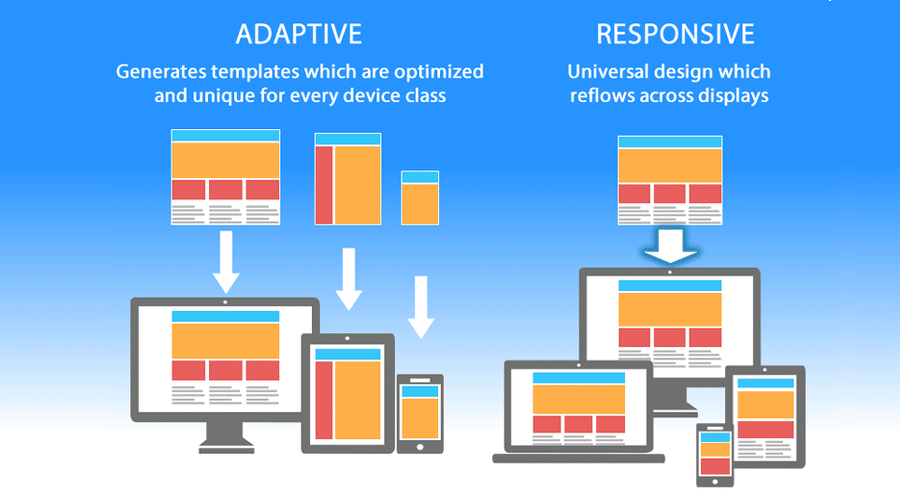In today’s fast-paced online world, a slow-loading website can lead to lost visitors and decreased conversions. Enhancing website loading speed is crucial for providing a better user experience and improving your search engine rankings. In this article, we’ll explore several effective strategies to help you optimize your website’s performance. These techniques are straightforward and can make a significant difference in how quickly your site loads.
Enhancing Website Loading Speed
1. Optimize Your Images
One of the most impactful ways of enhancing website loading speed is by optimizing your images. Large, uncompressed images can significantly slow down your site. Use image compression tools to reduce file sizes without sacrificing quality. Additionally, consider using next-gen image formats like WebP, which offer better compression rates than traditional formats like JPEG or PNG.

2. Minimize HTTP Requests
Every time someone visits your website, their browser sends an HTTP request to your server for each file that needs to be loaded. By reducing the number of HTTP requests, you can drastically improve your loading speed. This can be achieved by combining CSS and JavaScript files, using CSS sprites for images, and minimizing the use of plugins that require additional requests.
3. Leverage Browser Caching
Browser caching allows you to store static files like images, CSS, and JavaScript on a user’s device, so they don’t have to be reloaded every time they visit your site. This is an effective way of enhancing website loading speed for returning visitors. Set an appropriate expiration date for cached content, and ensure that your caching strategy aligns with your website’s update frequency.
4. Use a Content Delivery Network (CDN)
A Content Delivery Network (CDN) distributes your website’s static content across multiple servers worldwide. When a user accesses your site, the CDN delivers content from the server closest to them, reducing the load time. This not only enhances website loading speed but also improves the overall user experience, especially for visitors from different geographic locations.
5. Minify CSS, JavaScript, and HTML
Minifying your code involves removing unnecessary characters like spaces, commas, and comments from your CSS, JavaScript, and HTML files. This reduces file sizes and speeds up load times. There are many tools available that can automatically minify your code, making it a simple yet effective strategy for enhancing website loading speed.
6. Enable Gzip Compression
Gzip compression reduces the size of your HTML, CSS, and JavaScript files before they are sent to the browser. By compressing these files, you decrease the amount of data that needs to be transferred, resulting in faster loading times. Most modern servers support Gzip compression, and enabling it is a quick win for improving your site’s performance.
7. Optimize Your Website’s Code
Clean, efficient code is key to enhancing website loading speed. Regularly review and optimize your code by removing unnecessary elements, fixing errors, and ensuring that your scripts are executed efficiently. This not only improves load times but also makes your site easier to maintain and update.
8. Reduce Redirects
Redirects create additional HTTP requests, which can slow down your website. While some redirects are necessary, it’s important to minimize them as much as possible. Audit your site regularly to identify and eliminate unnecessary redirects, thereby speeding up the loading process.
9. Choose a Fast and Reliable Web Host
Your web hosting provider plays a significant role in your site’s loading speed. Investing in a fast and reliable web host can provide the resources and infrastructure needed to handle traffic efficiently. Look for hosting plans that offer solid-state drives (SSDs), sufficient bandwidth, and server locations close to your target audience.
10. Lazy Load Images and Videos
Instead of loading all media files when the page is first accessed, lazy loading only loads them as the user scrolls down the page. This is an effective method for enhancing website loading speed, especially on pages with a lot of media content.
11. Prioritize Above-the-Fold Content
Above-the-fold content refers to the portion of your webpage that is visible without scrolling. Prioritizing the loading of this content ensures that users see something on their screen quickly, even if the rest of the page is still loading.
Conclusion
Enhancing website loading speed is vital for providing a better user experience and improving your search engine rankings. By implementing these strategies, you can ensure that your site loads quickly, keeping your visitors engaged and satisfied. Remember, a faster website not only benefits your users but also contributes to the overall success of your online presence.




